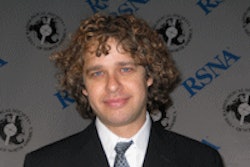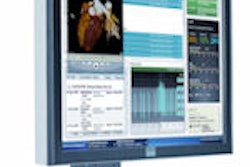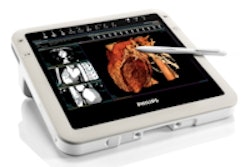Dear AuntMinnie Member,
CHICAGO - If radiology were a company, the final day of the RSNA conference would mark the end of its fiscal year. Unfortunately, closing the books on radiology in 2008 finds many looking ahead with trepidation at what the future holds.
In a meeting often dominated by rumor and innuendo, the scuttlebutt at this week's show wasn't about whether Company A would buy Company B, but rather whether attendance was down, by how much, and how many of us will still be around at this time next year. The healthcare crisis gripping the general economy is hitting medical imaging with a vengeance, and the effects aren't pretty.
But those of us who've been in the business know that imaging has faced crises before and has always bounced back. The value offered by medical imaging in detecting disease, guiding treatment, and assessing the effectiveness of therapy, when combined with an aging population, means that radiology will be able to weather short-term crises like the one we currently face ... much like RSNA attendees weather a Chicago snowstorm.
With that in mind, it seems fitting to close this year's RADCast @ RSNA on a lighter note, courtesy of PACS consultant Michael J. Cannavo and his annual PACSman Awards. Mike irreverently separates the hype from the reality among PACS vendors in the technical exhibits. For his take on this year's meeting, click here.
In other PACS news from the meeting, with more radiologists using personal digital assistants (PDAs) for rapid preliminary diagnosis and consultation, U.K. researchers wanted to find out whether these devices were good enough to make accurate diagnoses. A team from Chelsea and Westminster Hospital in London pitted a new-generation smartphone against a PACS workstation for diagnostic-quality display of skeletal trauma radiographs. Read how the smartphone held its own by clicking here.
In another presentation, Thomas Jefferson University researchers in Philadelphia explored how much variation in imaging utilization rates exists among different U.S. regions. The team found a surprising amount of geographic variation in imaging use rates, as well as considerable geographic variation in the rapidity of imaging utilization growth. Learn about their findings by clicking here.
You'll find these stories and more in our RADCast @ RSNA special section at radcast.auntminnie.com.



















